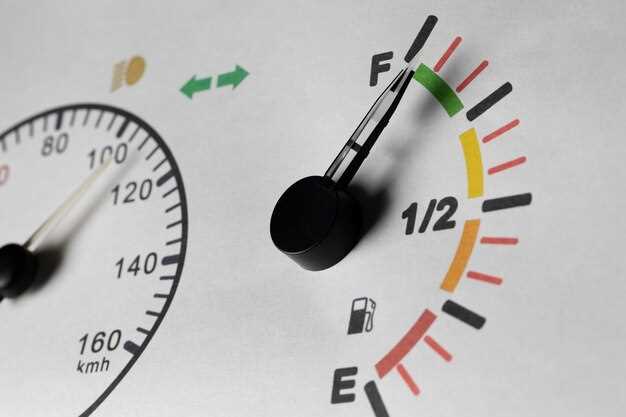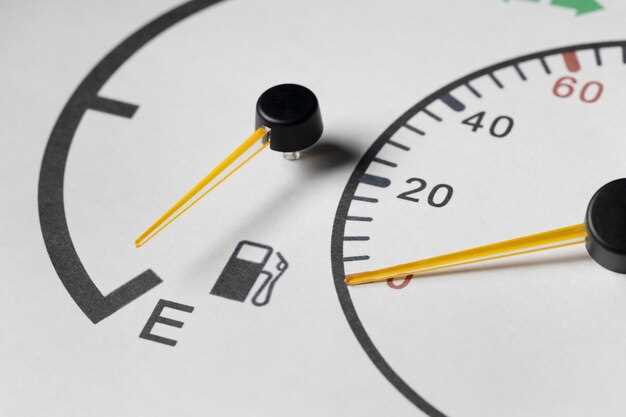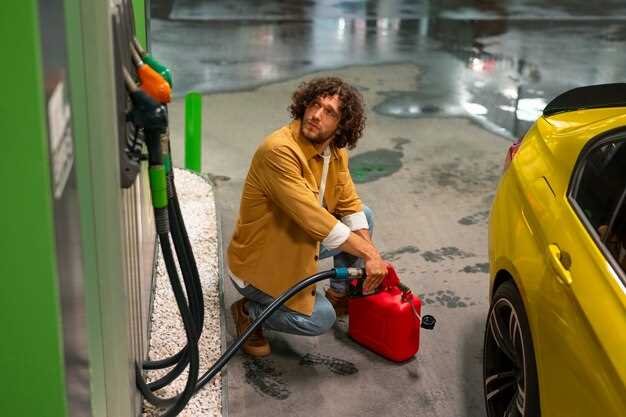
In today’s world, rising fuel prices and environmental concerns make it increasingly essential for drivers to adopt fuel-efficient driving habits. By modifying certain behaviors behind the wheel, you can significantly reduce your fuel consumption and save money in the long run. This article presents practical tips that can help you optimize your driving style, maintain your vehicle efficiently, and ultimately lead to lower fuel expenses.
One of the simplest ways to enhance fuel efficiency is by being mindful of your driving practices. Gentle acceleration and deceleration can make a noticeable difference in how much fuel your vehicle uses. Rapid starts and hard braking not only consume more fuel but can also lead to increased wear and tear on your vehicle. Moreover, maintaining a steady speed is key; using cruise control on highways can minimize fuel usage and ensure consistent performance.
Another critical aspect to consider is vehicle maintenance. Regular check-ups, including tire pressure, engine health, and oil changes, play a vital role in optimizing fuel efficiency. Under-inflated tires can increase rolling resistance, forcing your engine to work harder and consume more fuel. By keeping your vehicle in top condition, you can ensure that it operates at maximum efficiency.
Optimize Your Driving Habits for Better Fuel Economy
Improving your fuel economy starts with small changes to your driving habits. Here are key strategies to implement for better efficiency.
Avoid Rapid Accelerations and Hard Braking: Smooth acceleration and gentle braking help maintain momentum, which conserves fuel. Aim to increase speed gradually and anticipate stops, allowing your vehicle to decelerate naturally.
Maintain Steady Speeds: Using cruise control on highways can help maintain a constant speed, leading to improved fuel efficiency. Avoid frequent speed fluctuations, as they can lead to increased fuel consumption.
Reduce Idling Time: If you expect to be stopped for more than a minute, turn off your engine. Idling consumes fuel unnecessarily and contributes to higher emissions.
Optimize Gear Shifts: For manual transmission vehicles, shifting gears at lower RPMs can enhance fuel economy. Avoid high revs; instead, aim for the optimal engine performance range.
Use Air Conditioning Wisely: While air conditioning can improve comfort, it also increases fuel consumption. Use it sparingly, and consider opening windows at lower speeds to keep cool.
Plan Your Routes: Use navigation tools to find the most direct routes, avoiding high-traffic areas to minimize unnecessary stops and delays. Recognizing peak travel times can also help you steer clear of congestion.
Keep Your Vehicle Well-Maintained: Regular maintenance, such as proper tire inflation, engine tune-ups, and oil changes, can significantly affect fuel efficiency. A well-maintained vehicle operates more efficiently.
Limit Extra Weight: Carrying unnecessary items in your car can decrease fuel economy. Regularly remove heavy objects that are not needed for your trip.
Consider Your Speed: Driving at moderate speeds, ideally between 45 and 65 mph, often results in the best fuel economy. Higher speeds can increase wind resistance and fuel consumption.
By incorporating these driving habits, you can optimize your fuel efficiency, save on costs, and contribute to a more sustainable environment.
Maintain Your Vehicle to Enhance Fuel Efficiency

Regular maintenance of your vehicle is crucial for optimizing fuel efficiency. A well-maintained car runs more smoothly and consumes less fuel. Start with routine oil changes, as dirty oil can lead to engine friction and decreased performance. Follow your manufacturer’s schedule for changing the oil and use the recommended type for your engine.
Tire maintenance is equally important. Keep your tires properly inflated according to the manufacturer’s specifications. Under-inflated tires create more rolling resistance, which can reduce fuel efficiency. Additionally, regularly check for uneven wear and proper alignment, as these factors can also affect your vehicle’s performance and fuel consumption.
Regularly replacing air filters ensures that your engine receives the clean air it needs for optimal combustion. A dirty air filter can restrict airflow, leading to a decrease in engine performance and increased fuel usage. Most manufacturers recommend changing the air filter every 12,000 to 15,000 miles, but check it more frequently if you drive in dusty conditions.
The ignition system plays a vital role in fuel efficiency as well. Worn spark plugs can cause misfires and lead to inefficient combustion, significantly impacting fuel consumption. Regularly inspect and replace spark plugs as needed, typically every 30,000 miles, to ensure efficient operation.
Finally, pay attention to your vehicle’s emissions system. A malfunctioning system can not only harm the environment but also hinder fuel efficiency. If your check engine light comes on, address it promptly by consulting with a mechanic. Keeping your vehicle’s systems in top condition is essential for achieving the best possible fuel economy.
Plan Your Routes to Minimize Fuel Consumption

Careful route planning is essential for reducing fuel consumption and saving money. Start by utilizing GPS navigation systems or mapping applications that offer real-time traffic updates. These tools can help you avoid congested areas, road closures, and construction zones, allowing for a smoother and faster journey.
Consider taking scenic back roads instead of highways, as they often have less traffic and allow for steady driving speeds, which can improve fuel efficiency. In addition, planning routes that involve fewer stops, such as traffic lights or stop signs, can help maintain a consistent speed, thus reducing fuel wastage.
Timing your trips can also have a significant impact on fuel consumption. Aim to drive during off-peak hours to avoid heavy traffic. This approach not only minimizes idling time but also reduces the chances of sudden accelerations and braking, which can negatively affect fuel efficiency.
Use routing software to calculate the most fuel-efficient routes based on your vehicle’s characteristics and current fuel prices. Some applications provide insights into the quickest or most economical paths, allowing you to make informed decisions before hitting the road.
Planning multi-stop trips efficiently can further enhance fuel savings. Organize your stops in a logical sequence to minimize backtracking, which can lead to unnecessary fuel consumption. Additionally, combining errands into a single trip can reduce the frequency of short drives that generally lower fuel economy.





